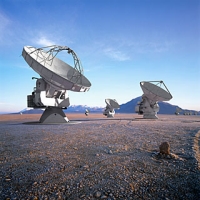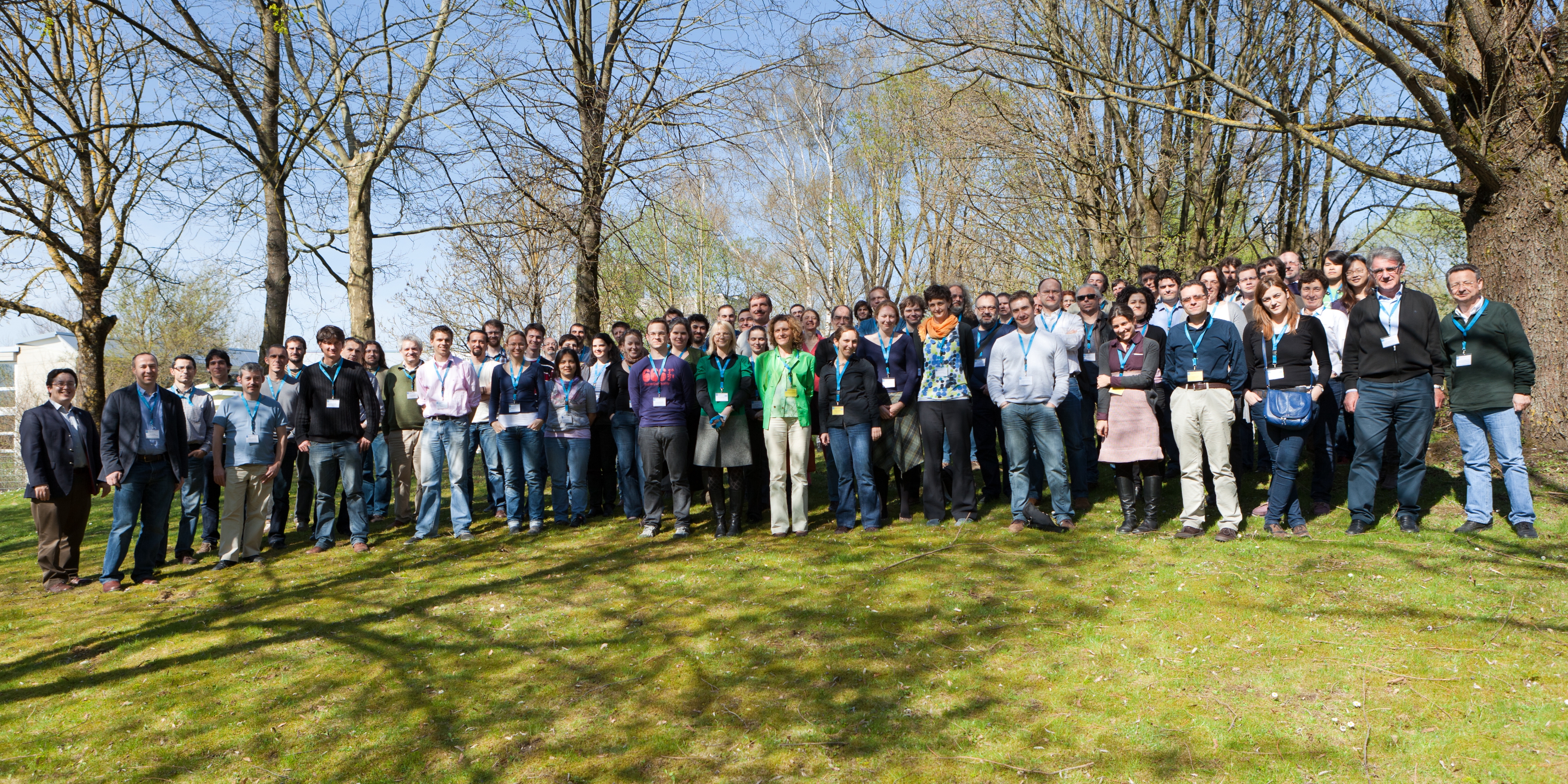ALMA Community Days 2011: Towards Early Science
ESO Garching, April 6-7, 2011

ALMA, the Atacama Large Millimetre/submillimetre Array, is expected to be the leading observatory at millimetre and submillimetre wavelengths over the coming decades. It is the result of a global collaboration involving Europe, North America, East Asia and the host country Chile. When completed, it will comprise at least 66 high precision antennas equipped with receiver and digital electronics systems to observe in the frequency range from 30 GHz to 1 THz and achieve angular resolutions as high as 5 milliarcseconds. Dynamic scheduling and innovative calibration strategies will ensure the most efficient use of the unique atmospheric qualities encountered at the 5000-m high site on the Chajnantor plateau in the northern Andes.
While Full Science Operations are estimated to begin in 2013, the increasing capabilities of the growing array will become available to the astronomical community following the start of Early Science Operations in the second half of 2011. During the first phase of Early Science, an array of 16 antennas will be offered for interferometry with four frequency bands and a limited range of baselines. Early Science observations are currently estimated to be scheduled for at most one third of the available time, the remainder being reserved for continuing commissioning and science verification activities.
Scientific users will interact with the ALMA facility through their local ALMA Regional Centre (ARC), which will provide user support on all aspects related to observing with ALMA and assist observer teams throughout the lifecycle of their project. The European ALMA community is supported by a network of regional ARC nodes that are coordinated by the central European ARC hosted by ESO in Garching near Munich, Germany.
With the ALMA Community Days, the ESO ARC aims to prepare the European astronomical community for ALMA Early Science operations. The first day will be dedicated to a series of scientific and technical presentations related to ALMA and Early Science capabilities, while the second day will be taken up by interactive tutorials on the preparation of ALMA observing proposals using the ALMA Observing Tool (OT). This should help novice and advanced ALMA users alike to create observing projects that optimally exploit the unique capabilities of ALMA during Early Science operations.

